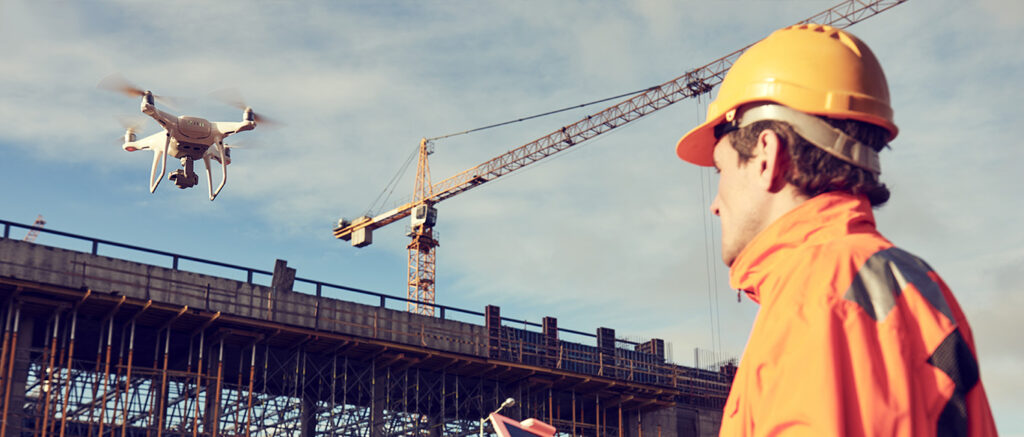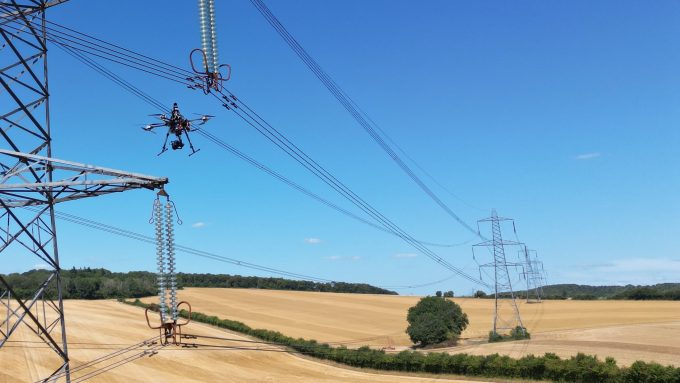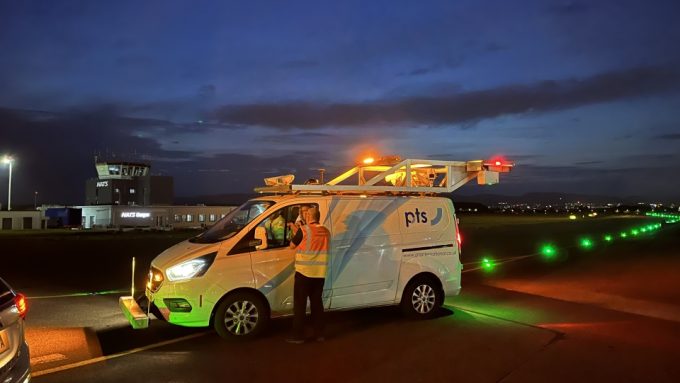
How are drones helping housing inspections?

So, as part of the Drone Pathfinder Catalyst Programme sponsored by the Department for Transport (DfT), Connected Places Catapult brought together a housing association and a drone services provider to demonstrate how an organisation could successfully leverage market expertise, without needing deep in-house technological know-how or experience.
Saving time, money, and lives
The cost incentive is clear: a move towards planned preventive maintenance (PPM) can typically save between 12-18% over the default reactive approach. Drone technology can diagnose problems more quickly and effectively, providing high-resolution imaging and modelling, which allows for off-site assessment and facilitates targeted maintenance.
Traditional methods of inspection, involving scaffolding and mobile elevated work platforms (MEWPs), known as ‘cherry-pickers’, carry substantial time and cost factors — so tend to be reserved more for reactive operations, when responding to known problems.
Drones therefore not only boost productivity, but also improve the safety of inspections by removing the need to work from height. This is an important benefit in construction, where 50% of all fatal injuries to workers were caused by a fall from height in 2020/21.
Also, drones reduce disruption for residents, as inspections take as little as 30 minutes for a small single-occupant building, and up to a day or two for a very large block of flats.
Ten-fold return on investment
Connected Places Catapult, together with ARPAS and Disruptive Innovators Network, partnered on the demonstration with Yorkshire Housing and drone service provider Vantage UAV, to showcase the technology application and benefits for building inspection.
Vantage UAV carried out inspections on three sites with known issues, where expensive repairs were already scheduled. Spending under £10K on drone inspections, Yorkshire Housing predicted a greater than ten-fold return on investment by substituting extensive roof repairs and replacements with well-informed targeted maintenance.
This result was achieved in around 3.5 days of on-site work, with minimal disruption to residents and no need for unsafe working at height. Yorkshire Housing also gained an organised and easily interpretable dataset to inform future decision-making and PPM, complete with close-up pictures and footage from all angles, plus 3D models of each site.
Multiple applications for asset managers
Drones offer benefits in other property and asset management scenarios, too, including:
- High-rise maintenance and cladding inspection, insurance checks and validation;
- Thermal imaging to survey insulation and combat heat loss;
- Solar-panel inspection, installation and construction monitoring;
- Development land inspections and planning applications;
- New or void property marketing, using 3D-modelling and video; plus
- No-contact inspection of more vulnerable properties, or heritage sites at higher-risk of damage and disruption via intrusive physical interactions.
The report into the demonstration, conducted by Connected Phases Catapult, outlines the economic, social and environmental benefits of drone inspection, explaining the immediate and long-term benefits: The case for drone inspections in the UK.





